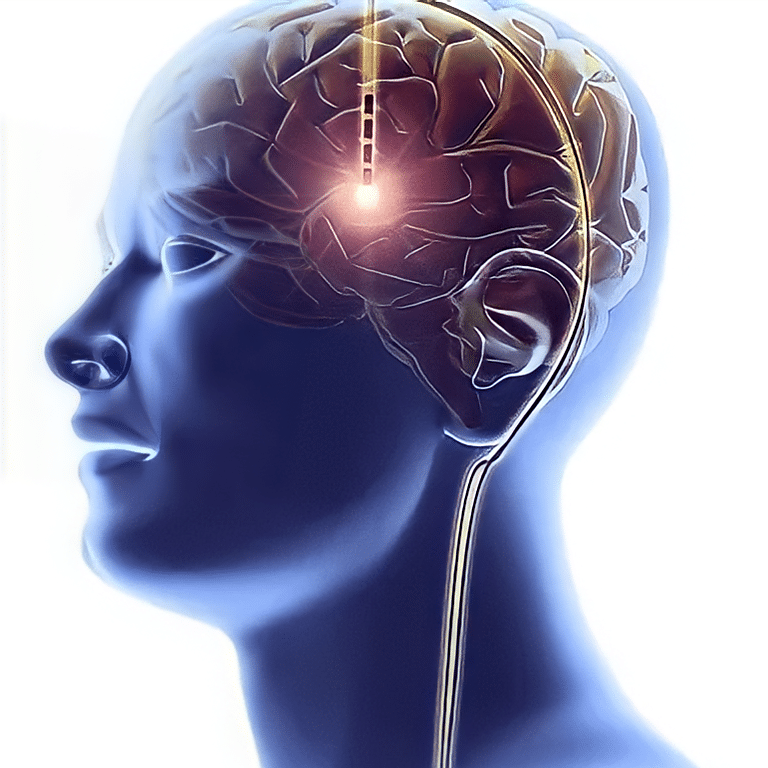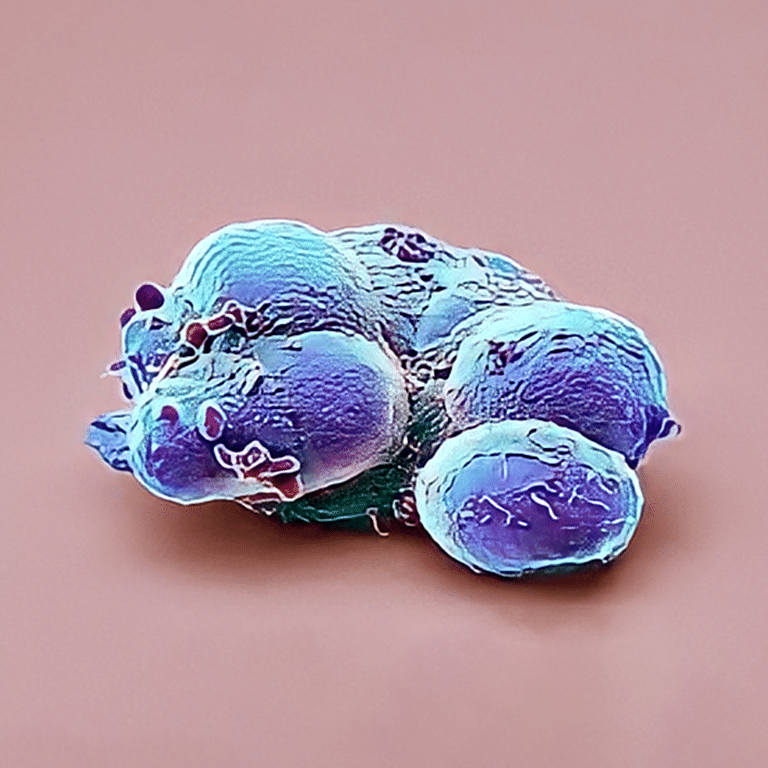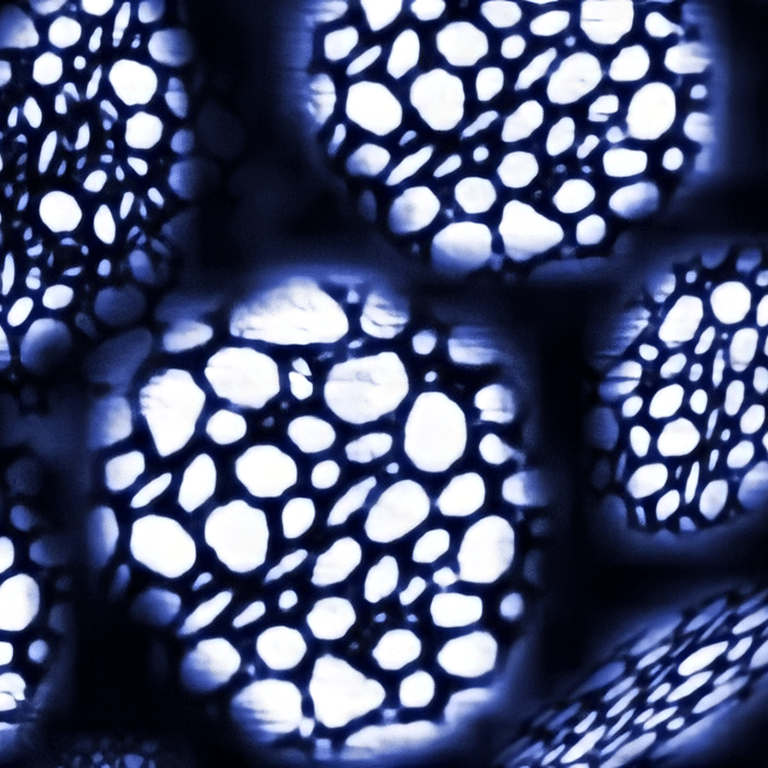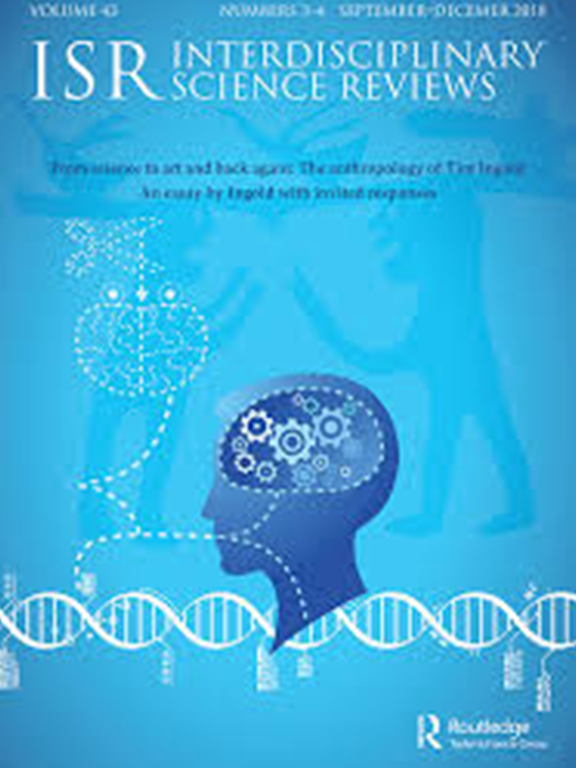Published Columns, Editorials & Opinions
Viewpoints & Perspective Pieces
Published Columns, Editorials and Opinions
Written by David F Williams
Introduction
Apart from writing the textbooks and original journal papers discussed elsewhere in this section, I have devoted much effort to the preparation of different forms of output that have been intended to be educational, informative, provocative, and often strongly opinionated. As I have emphasized in the essay on ‘The Importance of the Written Word’, I always pay particular attention to the need for truth, but in many situations the truth, i.e., scientific facts, has to be presented with clarity, and often directed at the well-informed reader who is not necessarily an expert in the relevant field. I start this section on the essays and opinions I wrote in a monthly ‘Materials Matters’ column for the trade magazine ‘Medical Device Technology’.
Materials Matters Columns
I was approached by the editor of ‘Medical Device Technology’ in 1993 to discuss the possibility of my writing a monthly column on aspects of biomaterials and related technologies. Consistent with my philosophy of saying ‘yes’ to most invitations, I readily took up this challenge, even though my workload involved many other commitments. It was an interesting experience, thinking of topical subjects within my comfort zone, and writing a suitable text, to rigorous publishing deadlines that, we academics, were not used to. Although in scientific journals I discourage catchy or theatrical titles, I felt that this would be an appropriate feature in a column that was intended to attract attention. I compiled over a hundred essays in a 15-year period and I am encouraged to note that many are still relevant today. In the early years the magazine was only published in print form but included on-line versions later on.
The subject matter of my columns ranged from educational, fundamental biomaterials science to critical analyses of device failure mechanisms, biocompatibility and toxicology, innovative device technologies, health economics, ethics and regulatory dilemmas. There is insufficient space to refer to all the columns here (although they are listed in my CV), so I include some of the most significant.
Clinical Applications of Biomaterials
Research in biomaterials science should always be directed towards clinical application, even if the relevance is only at the horizon. Several columns discussed some clinically-related issues, including those concerning the treatment of incontinence (Below the Belt: The Technology of Incontinence, 1995 (1)), the blood-brain barrier (Beyond the Barrier: Devices Inside the Brain, 1995 (2)), Parkinson’s disease (One Step Back and One, Possibly Two, Steps Forward: The Different Approaches to Parkinson’s Disease, 2001 (3)) and heart transplantation (The Technologies of Heart Transplantation, 2008 (4)).
Philosophical, Legal and Ethical Aspects
There are some aspects of medical technologies that touch upon philosophical and / or ethical aspects of medicine; for various reasons these aspects tend to lead to regulatory arguments and, usually, litigation. As I discuss in Chapter 3 of Reconstructing the Body, ethics concerns those matters in which there is no right answer; what we do in ethical discourse is to use best judgements. Included in my essays here are situations in which human or animal tissues are used in devices (Medical Devices of Human Origin, 2001 (5)) and (Sows Ears, Silk Purses and Goat’s Milk, 2003 (6)), controversies over biological safety testing (To Test or Not to Test: The Value of Biological Safety Testing, 2002 (7)) and the regulation of tissue engineering in Europe (A European Regulatory Position for Tissue Engineering – At Last, 2007 (8)).
Basic Biomaterials Science
Judging from the feedback I received about these columns, readers like articles about new concepts and materials, but they often prefer to be educated about some of the basics that they either did not know, or had forgotten. I would often write about some basic biomaterials science but include a twist to the story at the end. I wrote about metallic systems (Unalloyed Pleasures: The Realities of the Materials of Tomorrow, 1994 (9)) and (The Delicate Balancing Act of Metallic Biomaterials, 2009 (10)). I included several essays about polymers and plastics, sometimes generically (Silicon, Silicone and Silica: The Importance of the Right Ending, 1996 (11)) and sometimes specifically (Polyurethane Paranoia: Flexible Friend or Deadly Foe, 1995 (12)). Carbons and functional ceramics were gaining increased attention, so they were extensively covered (Carbon Nanotubes in Medical Technology, 2007 (13)), (Staying Calm Under Pressure: The Secret of Bioceramics, 1996 (14)) and (Quantum Dots in Medical Technology, 2006 (15)).
Health Economics and Emerging Technologies
I have occasionally commented on relevant health economic issues, including the economic arguments with risks and benefits (From Sterile Debate to Burning Issue: The Economics and Safety Dichotomy, 2001 (16)) and the escalating costs of major interventions such as cardiac surgery (Good News and Bad News: The Costs of Mending a Broken Heart, 2003 (17)).
Towards the end of my tenure as a columnist (the magazine was absorbed into another publishing house in 2010), I concentrated more on the newly emerging medical technologies. My essays included one on stem cells in regenerative medicine (Stem Cells in Medical Technology, 2005 (18)), one on drugs released from devices (Doses of Drugs in Devices, 2009 (19)), and one on biomaterials in biotechnology (The Interface Between Biomaterials Science and Biotechnology, 2007 (20)).
Journal Editorials
In addition to regular journal research and review papers, I have often been invited by journal editors to write Editorials on matters of current interest or controversy, or to provide assessments of some subject matter that, while not being comprehensive reviews, set out the essential features of a topical subject. The first of these, way over 40 years ago, was an invited assessment of the future of implantable prostheses, written for the readership of a journal that specialized in the physical aspects of medicine1. A few years later, as biomaterials were beginning to attract the serious attention of materials scientists, I was invited to give the background to the key factors that determined performance, the tissue-materials interactions, for a leading materials science journal2. An intriguing journal, which was probably a little ahead of its time, Interdisciplinary Science Reviews, invited me to provide a contribution on biocompatibility, which clearly fitted well into the description of interdisciplinarity3. In the 1990s, several controversies arose with some biomaterials that appeared to offer excellent properties but were found to have some deficiencies. One of these was titanium, and since I had been rather vocal in my support of the introduction of titanium into orthopedic practice, I was asked to write an editorial on the biocompatibility of titanium for the Journal of Bone and Joint Surgery4. The problem was that while the corrosion resistance (and hence biocompatibility) was effectively controlled by a thin surface layer of titanium oxide, this layer has quite poor friction and wear properties, and some device manufacturers has started to use titanium bearing surfaces, with inferior results.
When I was Editor-in-Chief of the journal Biomaterials, I decided that the field of biomaterials science needed some redirection. I wrote some leading opinion papers on this (see next section) and gave conference presentations, especially in Asia, that emphasized my thoughts on the nature of biomaterials. I then wrote an editorial in my journal that took this one stage further through the extension of concepts and applications to the emerging areas of gene therapy vectors, tissue engineering scaffolds, nanoparticles as imaging agents and so on5. A few years later, I wrote an editorial in a special issue of Tissue Engineering, that described the differences in regulation and practices of regenerative medicine in Asia6.
December 2017 marked the 50th anniversary of the world’s first human heart transplantation procedure, undertaken by Christiaan Barnard in Cape Town, South Africa. The occasion was marked with a conference in that city where progress in the area of transplantation and other cardiac technologies was discussed. In alignment with the work I and my colleagues at Strait Access Technologies, there was considerable emphasis on therapies for cardiothoracic patients in low-to-middle-income countries. I helped write a paper, The Cape Town Declaration on access to cardiac surgery in such countries, this being simultaneously published in a variety of journals around the world7. The need for cardiac surgery in children focused on rheumatic heart disease; because of these and other efforts, the World Health Organization then recognized the global importance of this disease, especially in poorly resourced regions.
Journal Editorial Citations
1 Williams DF, Implantable prostheses, Physics in Medicine & Biology, 1980;25(4):611-36, doi:10.1088/0031-9155/25/4/001.
2 Williams DF, Tissue-biomaterial interactions, Journal of Materials Science, 1987;22:3421-45.
3 Williams DF, Biocompatibility: Performance in the surgical reconstruction of man, Interdisciplinary Science Reviews, 1980, 15:1, 20-33, doi: 10.1179/isr.1990.15.1.20.
4 Williams DF, Editorial – Titanium: epitome of biocompatibility or cause for concern, Journal of Bone & Joint Surgery, 1994;76(3):348-9., PMID: 8175831.
5 Williams D, Editorial – The continuing evolution of biomaterials, Biomaterials, 2011, 32(1):1-2, .doi: 10.1016/j.biomaterials.2010.09.048.
6 Williams DF, Editorial – The same but different: Regulation of tissue engineering and regenerative medicine in the context of regional and international standards and expectations, Tissue Engineering, Part A, 2015;21(23-4):2781-1, doi: 10.1089/ten.TEA.2015.0470.
7 Zilla P, Bolman RM, Yacoub MH, Beyersdorf F, Sliwa K, Zuhlke L, Higgins RS, Mayosi B, Carpentier A and Williams D, Cape Town Declaration on access to cardiac surgery in the developing world, The Journal of Thoracic and Cardiovascular Surgery, 2018; 156, no 6, 2206-9. Published simultaneously in Annals of Thoracic Surgery, Journal of Thoracic and Cardiovascular Surgery, European Journal of Cardiovascular Surgery, Chinese Circulation Journal, South African Medical Journal, Asian Journal of Cardiovascular Surgery, Cardiovascular Journal of Africa, Polish Journal of Cardiovascular Surgery.
Leading Opinion Papers
I include two papers here, which need some explanation. On retiring from my academic position in Liverpool, I ceased to be involved in active laboratory research; however, especially in the context of my role as Editor-in-Chief of Biomaterials, I was still thoroughly engaged in the science and application of biomaterials and felt that some re-orientation was required. This especially applied to the mechanisms of biocompatibility and to some fundamental concepts concerning the actual nature of biomaterials. I therefore decided to write papers that tried to combine scientific evidence in the literature with philosophical opinions on the meaning of the evidence and some conclusions about the way forward. I chose to publish these in my own journal; as indicated in the papers themselves, described as Leading Opinion Papers, they were subjected to far higher levels of peer review than is normally necessary, so I was confident about their transparency and legitimacy. The paper on biocompatibility8 has been cited over 1900 times and that on the nature of biomaterials9 700 times.
Leading Opinion Papers Citations
8 Williams, D.F. On the mechanisms of biocompatibility, Biomaterials, 2008, 29(20), 2941-53, doi: 10.1016/j.biomaterials.2008.04.023.
9 Williams, D.F. On the nature of biomaterials, Biomaterials, 2009, 30(30), 5897-909. DOI: 10.1016/j.biomaterials.2009.07.0279.
Explore My Collection of Published Columns, Editorials and Opinions
Materials Matters Columns
(1) Below the Belt: The Technology of Incontinence, 1995
by David F Williams (Author)
(2) Beyond the Barrier: devices inside the brain, 1995
by David F Williams (Author)
(3) One Step Back and One, Possibly Two, Steps Forward: The Different Approaches to Parkinson’s Disease, 2001
by David F Williams (Author)
(7) To Test or Not to Test: The Value of Biological Safety Testing, 2002
by David F Williams (Author)
(8) A European Regulatory Position for Tissue Engineering - At Last, 2007
by David F Williams (Author)
(9) Unalloyed Pleasures: The Realities of the Materials of Tomorrow, 1994
by David F Williams (Author)
(10) The Delicate Balancing Act of Metallic Biomaterials, 2009
by David F Williams (Author)
(11) Silicon, Silicone and Silica: The Importance of the Right Ending, 1996
by David F Williams (Author)
(12) Polyurethane Paranoia: Flexible Friend or Deadly Foe, 1995
by David F Williams (Author)
(14) Staying Calm Under Pressure: The Secret of Bioceramics, 1996
by David F Williams (Author)
(16) From Sterile Debate to Burning Issue: The Economics and Safety Dichotomy, 2001
by David F Williams (Author)
(17) Good News and Bad News: The Costs of Mending a Broken Heart, 2003
by David F Williams (Author)
(20) The Interface Between Biomaterials Science and Biotechnology, 2007
by David F Williams (Author)
Journal Editorials
1 Williams DF, Implantable prostheses, Physics in Medicine & Biology, 1980;25(4):611-36, doi:10.1088/0031-9155/25/4/001.
2 Williams DF, Tissue-biomaterial interactions, Journal of Materials Science, 1987;22:3421-45.
3 Williams DF, Biocompatibility: Performance in the surgical reconstruction of man, Interdisciplinary Science Reviews, 1980, 15:1, 20-33, doi: 10.1179/isr.1990.15.1.20.
4 Williams DF, Editorial - Titanium: epitome of biocompatibility or cause for concern, Journal of Bone & Joint Surgery, 1994;76(3):348-9., PMID: 8175831.
5 Williams D, Editorial – The continuing evolution of biomaterials, Biomaterials, 2011, 32(1):1-2, .doi: 10.1016/j.biomaterials.2010.09.048.
6 Williams DF, Editorial - The same but different: Regulation of tissue engineering and regenerative medicine in the context of regional and international standards and expectations, Tissue Engineering, Part A, 2015;21(23-4):2781-1, doi: 10.1089/ten.TEA.2015.0470.
7 Zilla P, Bolman RM, Yacoub MH, Beyersdorf F, Sliwa K, Zuhlke L, Higgins RS, Mayosi B, Carpentier A and Williams D, Cape Town Declaration on access to cardiac surgery in the developing world, The Journal of Thoracic and Cardiovascular Surgery, 2018; 156, no 6, 2206-9.
Published simultaneously in Annals of Thoracic Surgery, Journal of Thoracic and Cardiovascular Surgery, European Journal of Cardiovascular Surgery, Chinese Circulation Journal, South African Medical Journal, Asian Journal of Cardiovascular Surgery, Cardiovascular Journal of Africa, Polish Journal of Cardiovascular Surgery.
Leading Opinion Papers
8 Williams, D.F. On the mechanisms of biocompatibility, Biomaterials, 2008, 29(20), 2941-53, doi: 10.1016/j.biomaterials.2008.04.023.
9 Williams, D.F. On the nature of biomaterials, Biomaterials, 2009, 30(30), 5897-909. DOI: 10.1016/j.biomaterials.2009.07.0279.




























